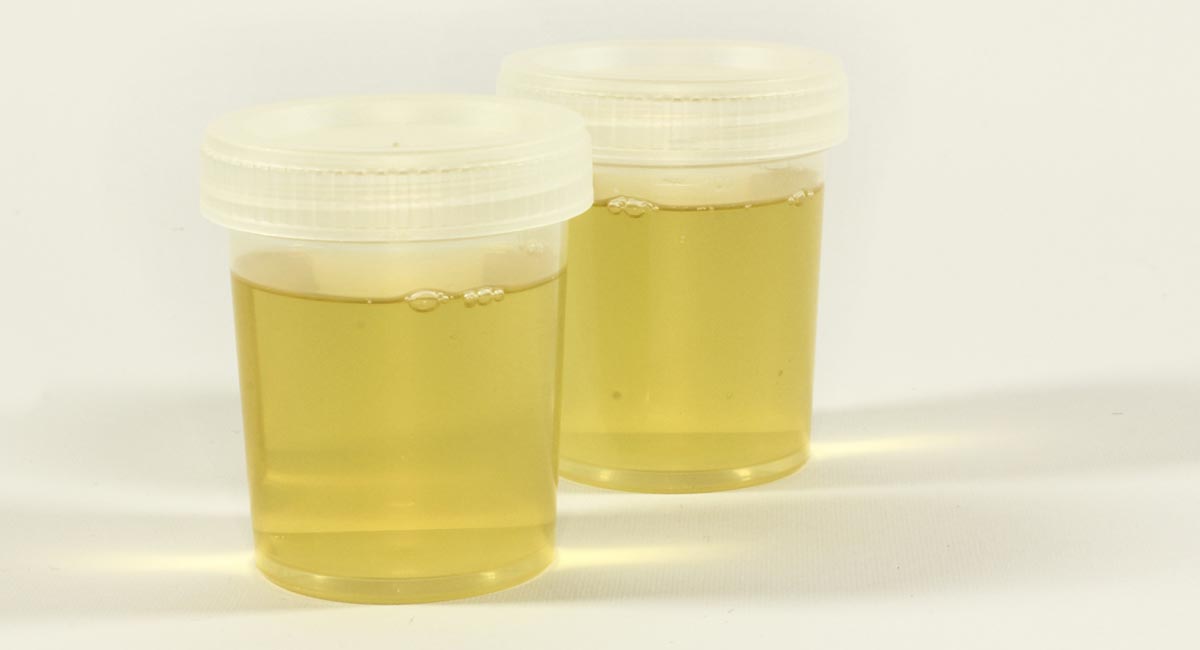Urinalysis is an important diagnostic tool in veterinary practice. It is indicated for any patient that presents with polyuria or urinary tract signs, but also a necessary test to perform in conjunction with serum biochemistry.

Why do some clinicians fail to perform urinalyses even when they are indicated?
Reasons include:
- clinicians not seeing the importance of obtaining a urine sample
- the difficulty of obtaining a sample in some situations (the patient may not want to void)
- no access to an ultrasound for a guided cystocentesis
- patients not urinating upon bladder expression
Make it a priority
However, it is important clinicians make obtaining a urine sample a priority. Where possible, a sterile sample of urine using ultrasound-guided cystocentesis is recommended, especially when there is a possibility the urine may be sent to an external lab for culture and sensitivity.
For example, we’ve all been in situations were you start a patient on IV fluids only to find an azotemia on blood tests. Now you can’t determine whether it’s a pre-renal or renal cause, as you don’t have a pre-IV fluid urine sample.
Also it would be best to avoid the situation where you have run all other tests available on an ill patient only to find the answer lay in that urinalysis you did not collect earlier.

Leave a Reply